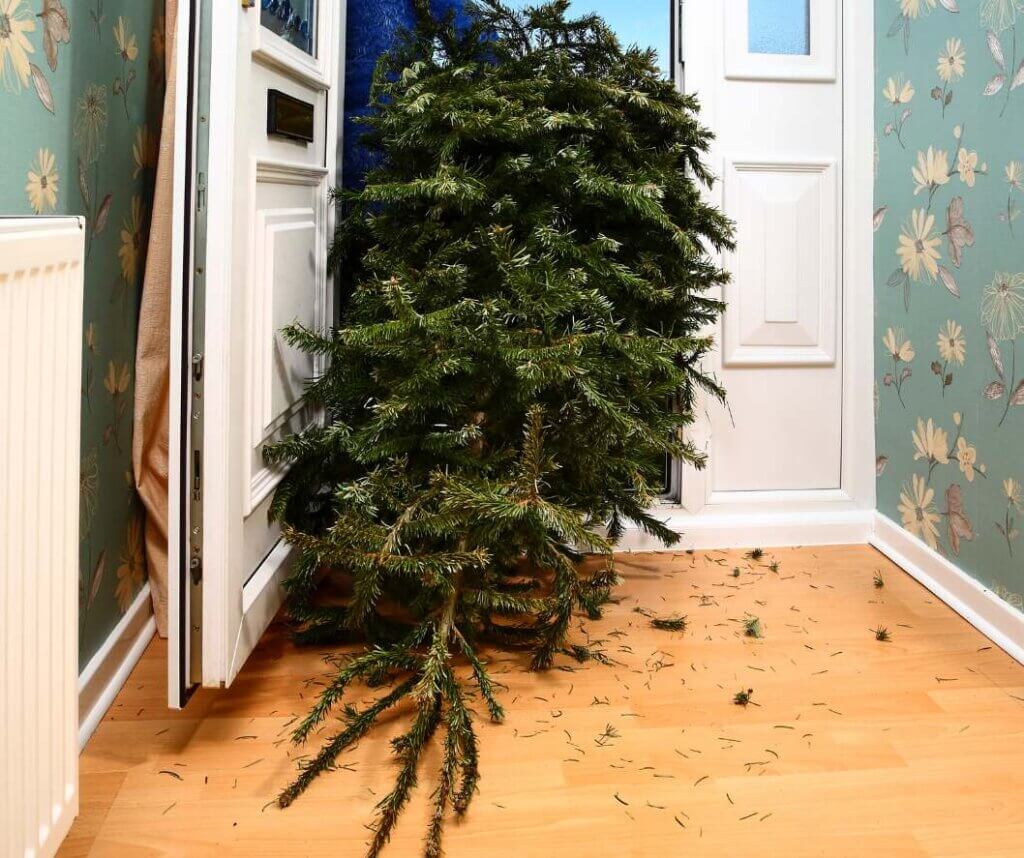With Earth Day festivities winding down, Don’t Move Firewood is gearing up for one of our favorite days of the year- Arbor Day! To celebrate, we are putting out a news release with lots of great advice for how to care for the trees in your life, and protect them from forest pests. Enjoy…
ARBOR DAY: PLANT NEW TREES AND SAFEGUARD OLD TREES
Tree-killing insects and diseases are cutting short the lives of trees at a high cost to Americans
ARLINGTON, VA—April 23, 2012 – On April 27, millions of Americans will observe Arbor Day by planting new trees. While planting trees is important to the well-being of our forests, it is just as critical to learn how to protect both new and older trees from damage by invasive insects and diseases. The death of large, mature trees due to these pests can be devastating to neighborhoods, parks, and natural areas.
When Julius Sterling Morton declared the first Arbor Day in 1872 in Nebraska, he was ahead of his time in understanding the value of trees. According to the U.S. Forest Service, a 20-year-old tree providing shade on private property can return to the homeowner an average of $102 in annual energy savings, while only costing $15 to plant and maintain. A public tree that same age, such as the ones you find on your street, returns $96 in annual energy savings, storm water runoff reduction, cleaner air, higher property values, and other benefits for every $36 spent on planting, mulching, pruning, and other care. Over its lifetime, a large tree in the U.S. Northeast, for example, will provide almost $6,000 in these benefits.
In addition to the monetary value trees provide, a poll conducted by The Nature Conservancy found that 95 percent of the public consider trees to be an important part of the character and quality of life where they live, and that 93 percent are concerned about the insects and diseases that kill trees.
“Unfortunately, tens of thousands of trees are destroyed by invasive tree-killing insects and diseases every year,” said Leigh Greenwood, Don’t Move Firewood campaign manager, The Nature Conservancy. “On Arbor Day, if everyone makes a commitment to take simple steps, like not moving firewood when they travel or camp, we can work together as a nation to save both newly planted and already existing trees from being lost from our roadsides, backyards, and natural areas.”
The dangers of exotic forest pests in North America first became evident in the late 1800s with the arrival of white pine blister rust on infested pine seedlings as well as the accidental introduction of the hardwood-loving spongy moth. Chestnut blight soon followed, and this blight spread rapidly across the continent, killing millions of mature chestnut trees. Over the last hundred years, other introduced species of invasive insects and diseases have killed tens of millions of trees in cities, towns, and forests across the country. These tree-killing pests include Dutch elm disease, Asian longhorned beetle, emerald ash borer, thousand cankers disease, hemlock wooly adelgid, sudden oak death, Sirex woodwasp, and many others.
“Prevention by everyday citizens is the key to averting widespread devastation of urban and backyard trees as well as wild forests,” said Greenwood. “Many of these insects and diseases can only be stopped by destroying the trees that are infested – a necessary but undesirable method that is most clearly tragic when entire neighborhoods lose their precious tree cover.”
Arbor Day tree protection tips:
- Buy your trees and plants from a reputable source, and purchase certified, pest-free nursery stock whenever possible.
- Tree-killing pests can be found in a variety of wood products. Most problematic are firewood, brush, yard waste, tree debris, and re-used wood packaging material. Avoid the long-range movement of these materials to help slow the spread of pests. Buy, use, and dispose of these wood products locally.
- If you have been camping or hiking in a forested area, clean your equipment, boots, animals, and gear before returning home so not to spread unwanted forest pests or invasive plant seeds.
- Obtain firewood near the location where you will burn it – that means the wood was cut in a nearby forest, in the same county, or preferably within 10 miles from where you’ll have your fire. Take care to respect all state and local regulations on the movement of firewood and other unprocessed wood – some areas are subject to serious fines for violations. For more information, visit https://www.dontmovefirewood.org/the-problem/state-state-information/index.html.
- Be on the lookout for invasive pests, and if you notice an insect or tree disease you don’t recognize, take a photo or obtain a specimen of it, and compare it to Web site photos of the suspected pest. A good resource to help in identification is: https://www.dontmovefirewood.org/gallery-of-pests.
- If you believe you have found a new outbreak of an invasive insect or disease, contact your state department of agriculture: https://www.rma.usda.gov/other/stateag.html.
###
The Nature Conservancy is a leading conservation organization working around the world to protect ecologically important lands and waters for nature and people. The Conservancy and its more than one million members have been responsible for the protection of more than 18 million acres in the United States and have helped preserve more than 117 million acres in Latin America, the Caribbean, Asia and the Pacific. Visit us on the Web at www.nature.org.
To learn more about how to prevent forest pests from destroying forests, log onto www.dontmovefirewood.org.





